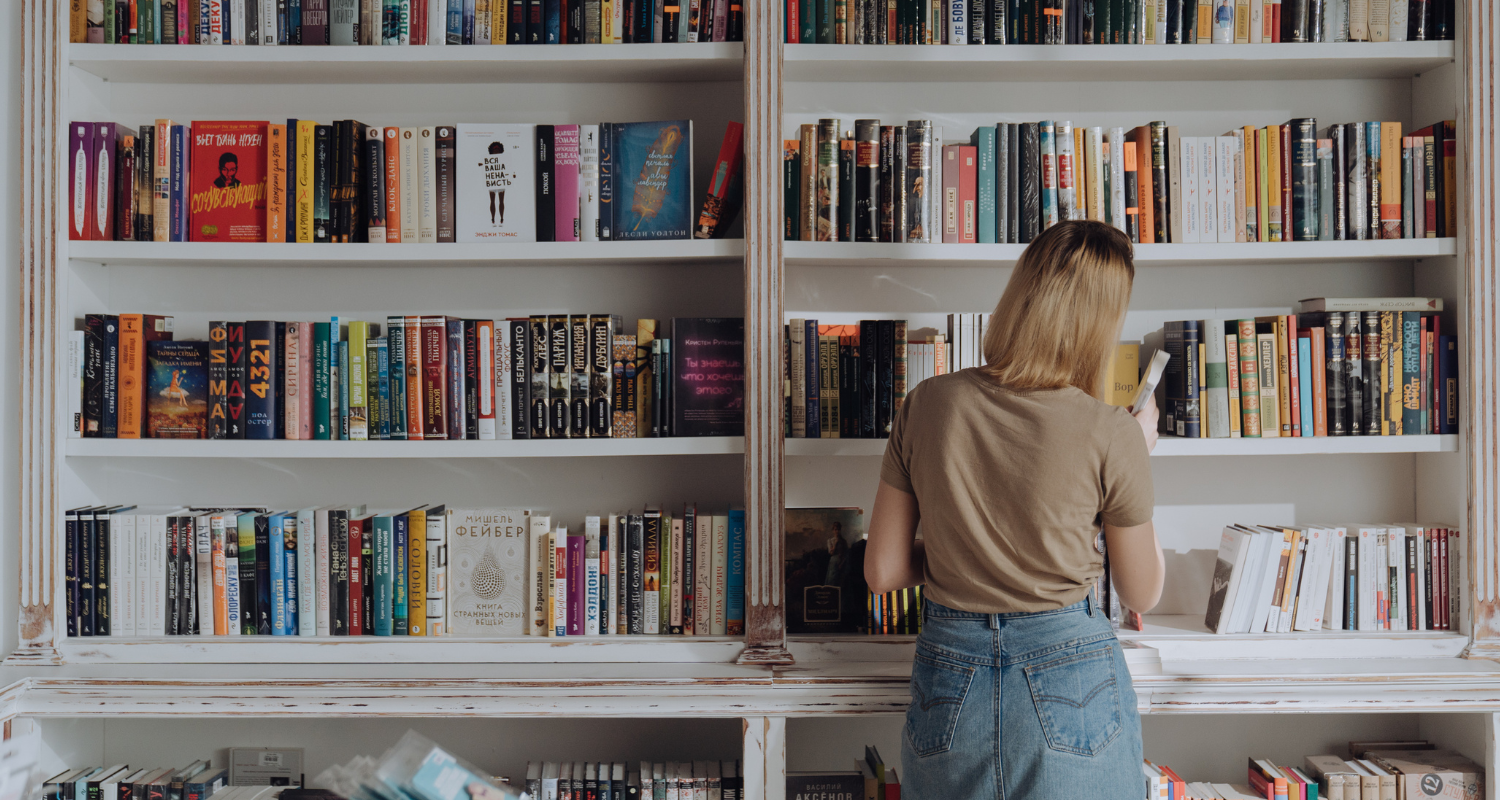Behind every book you hold in your hands is a hidden story – not the one printed on its pages, but the journey it took to get there. It begins quietly, often with a scribble in a notebook or a sudden spark of inspiration. And then, step by step, it becomes something real: a bound volume on a shelf, ready to be read, shared, and remembered. how that journey unfolds.
1. The Manuscript: Where It All Begins
Every book starts with a blank page and a stubborn idea that won’t go away.
An author may spend months—or sometimes years—drafting, rewriting, and shaping that idea into something more: a manuscript. Whether it’s a sweeping novel, a tightly crafted nonfiction guide, or a puzzle book filled with clever wordplay, the manuscript is the seed from which everything else grows.
Think of J.K. Rowling scribbling Harry Potter on café napkins, or a puzzle creator arranging word lists late into the night, trying to strike the right balance of challenge and fun. The writing process is rarely linear—but it’s always fueled by passion, research, and the unshakable desire to connect with readers.
2. Editing: Shaping the Story
Once a manuscript is complete, it goes through rigorous editing. Editors review Once the manuscript is finished, the real work begins.
Editing isn’t just about fixing commas—it’s where the book truly takes shape. There are several layers:
Proofreading comes last—a sharp-eyed final sweep for typos, punctuation slips, or formatting glitches.
Developmental editing focuses on structure and substance. Are the characters believable? Does the plot drag in the middle? For nonfiction, is the argument clear and compelling?
Copyediting zooms in on grammar, consistency, word choice, and flow.
“Writing is easy. All you have to do is cross out the wrong words.” — Mark Twain
3. Cover Design: First Impressions Matter
Readers absolutely judge books by their covers—and with good reason.
The cover is the book’s face, handshake, and first impression. A great design captures the soul of the story and invites the reader in. For fiction, it might evoke mood or genre—a dark forest for a mystery, a pastel sunset for a romance. For puzzle books, it’s about clarity, excitement, and instant appeal.
Think of the iconic yellow of The Catcher in the Rye or the playful simplicity of a New York Times crossword collection. The right font, color scheme, and imagery don’t just attract attention—they make a promise to the reader.


4. Formatting & Typesetting: Making It a Pleasure to Read
Even the most beautiful manuscript needs structure to become a book.
Formatting means arranging the content—text, images, puzzles—so that it’s legible, intuitive, and enjoyable. Font size, line spacing, margin width, chapter breaks—it’s all carefully considered.
In puzzle publishing, formatting is everything. One misplaced clue or cramped grid can frustrate the solver. Great layout ensures each page is not only functional, but a pleasure to engage with.
5. Printing: Bringing the Book to Life
At last, the pages meet paper.
Printing might happen in massive runs for bookstores or one copy at a time through print-on-demand services. Choices like paper quality, binding, and trim size affect how the book feels in the reader’s hands.
A sleek matte cover on a cozy novel. A glossy finish on a word search book for seniors, with large print that’s easy on the eyes. Every detail matters, because the book is no longer just an idea—it’s a tangible object.
6. Distribution: Reaching the Reader
Now, it’s time to get the book into the world.
Distributors place the title in online stores, independent bookshops, libraries, and subscription boxes. Marketing teams create social media buzz, organize blog tours, or send advance copies to reviewers.
For puzzle books, placement on gift tables or next to checkout counters is key. For fiction, it might be a TikTok review or a viral Instagram post. The goal? Help the right reader discover the book at just the right moment.
7. The Reader’s Hands: The Final Destination
And then, finally, it happens.
Someone picks up the book—maybe in a bookstore, maybe on a rainy Tuesday through an online order. They flip through the pages, smile at the cover, settle into a chair or a train seat or a sunny patch of garden, and begin to read.
For the author, editor, designer, and publisher, this is the moment it was all for. Whether it’s a gripping novel, a practical guide, or a collection of crosswords that spark nostalgia, the story has found its home.


Leave a Reply
You must be logged in to post a comment.